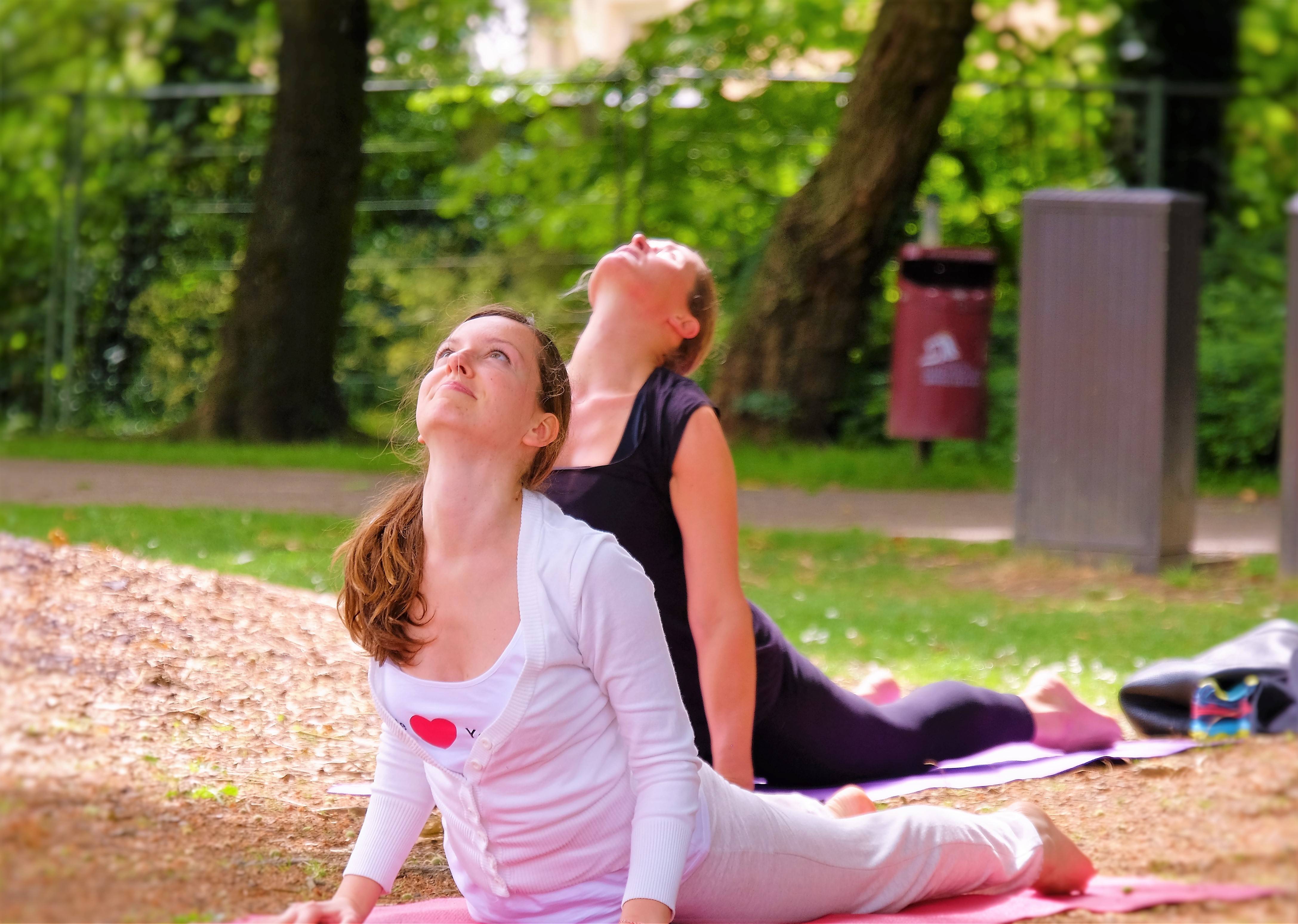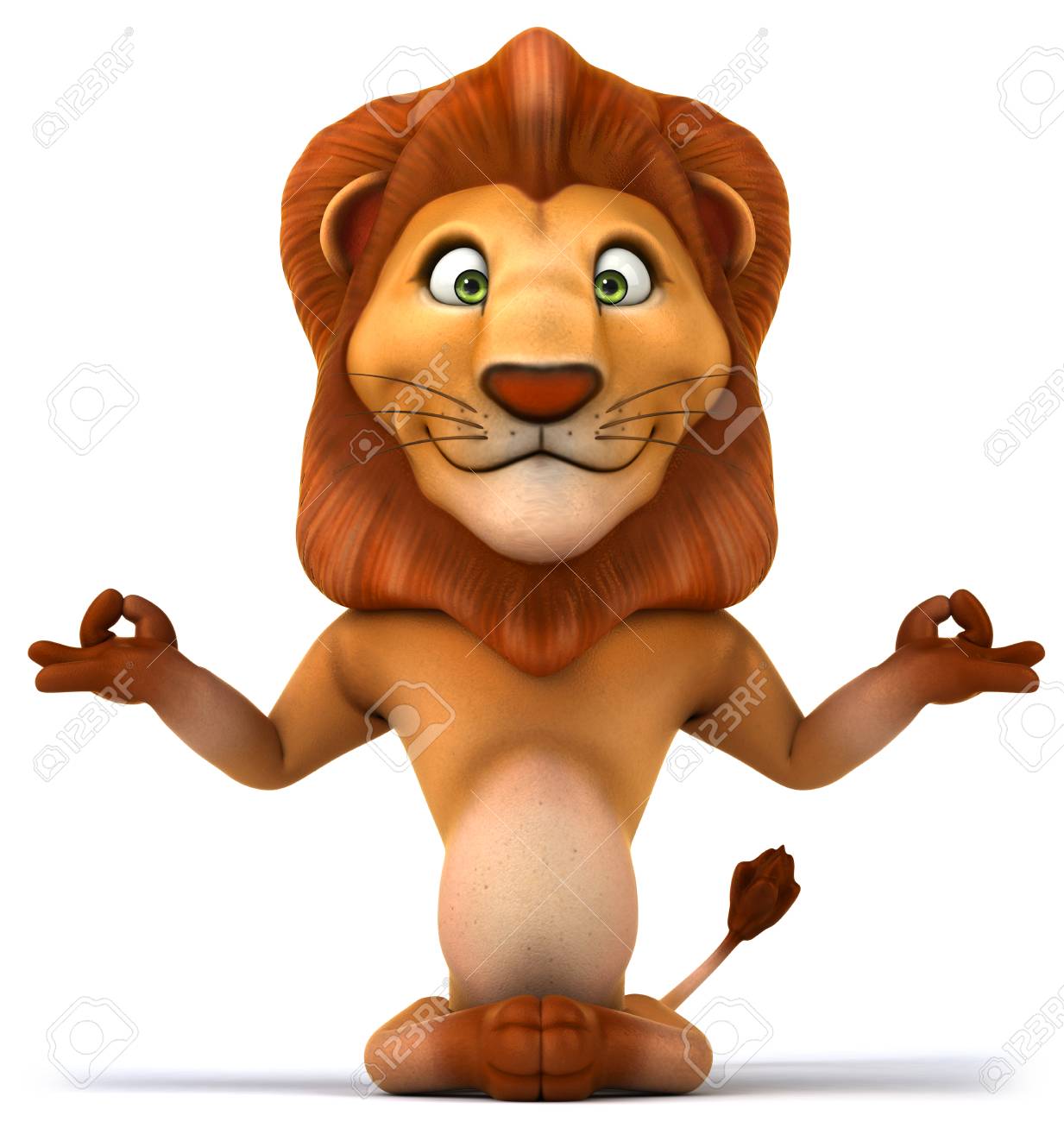
Ayurveda refers to a traditional system that uses the seasons to treat people. While there are six seasons in total, four are considered particularly important, and the treatment of the body is based on these seasons. This means that each season will be taken into consideration when creating a yoga sequence. Each season will have its own yoga poses and pranayama.
Restorative yoga
Restorative Yoga is a wonderful method to reduce stress and achieve meditative stretches. You can choose to take a class and do the poses at-home. To get the most out of this yoga style, it requires patience and stillness. It can help reduce stress and blood pressure.
The gentle movement of restorative Yoga helps to relax the body and increase the activity in your parasympathetic nervous systems, or PNS. The PNS is responsible for controlling involuntary functions of the body. It regulates blood pressure and slows down the heart rate. It also helps to release muscular tension.
Yin yoga
Yin yoga targets deep connective tissues and is slower, meditative, and offers an opportunity for introspection. In addition to being a great workout, yin yoga can help stretch tissues that are rarely used. It can be used to teach you how to relax and manage discomfort.

There are many Yin Yoga poses. You need to choose one that is right for you. People who are new to this style should start with lower-level blocks, and work their way up to higher-level poses.
Vinyasa
There are many aspects to consider when you pursue Vinyasa. As a physical activity, Vinyasa strengthens the body's immune system, flushes toxins from the system, stimulates lymph glands, and lowers stress levels. Vinyasa's most challenging part is the transition between advanced and fundamental poses. You might be better off starting slowly and enrolling in a programme with lower intensity if this is your first practice.
Vinyasa can improve your overall health by adapting your practice to the seasons. Seasonal changes can also broaden your perspective and open up new possibilities.
Hatha
The practice of Hatha yoga combines both physical and spiritual exercises to achieve the ultimate state of awareness. It is often described by the Hindu god Shiva as a gift and can help people achieve emotional and physical well-being. This type of yoga emphasizes strengthening, stretching, and concentration. It is also great for increasing flexibility, losing weight, and maintaining a healthy lifestyle.
Yoga is more gentle in winter and autumn, so practitioners can focus on cleansing and detoxifying. Autumn yoga is great to increase circulation, lymphatic flow, and warmth the body. It's also a great place to do single-leg balances, holds, and twists.

Bikram
Bikram yoga can be a great option for those looking to strengthen their muscles. The high humidity and temperature of the Bikram studio help your muscles to loosen and stretch. Yoga is a new practice, so be prepared to arrive early to let your instructor know if you have any injuries. Teachers always welcome beginners, so it's good to let them know about your experience so that they can support you more appropriately.
Bikram Yoga is a great exercise, burning as many as 600 calories in just 90 minutes. Your body will also detoxify toxins from sweat, which helps to flush them out. Bikram instructors report feeling less nervous after classes and more relaxed. Your body will feel more energetic and vibrant after a class of Bikram.
FAQ
Are 20 minutes of daily yoga enough?
Yoga should be more than just a means of exercising. It should also be used as a tool for self-discovery. It's a time for reflection on your life and the way you live it.
My friend, who had been practicing yoga for many, years, introduced me to the benefits of yoga. He shared with me that he did twenty minutes of yoga every morning to help him feel calmer through the rest his day.
I tried it, and it was a great way to improve my overall health. Since then, I continue to practice yoga and find it helps me focus and relax when I'm at work.
It is important to find what works best for your needs and set realistic goals. You don't need to spend hours doing yoga each day if it isn't going to help you achieve your goals.
Is yoga a good way to quit smoking?
People may stop smoking by practicing yoga. Yoga makes them feel more positive, and reduces stress. It can help reduce excess weight. This could allow you to quit smoking.
What type of yoga is best for beginners?
Yoga is great for all ages and fitness levels. It's an easy way to get fit and stay healthy. Yoga has been reported to improve mental and physical health. They find yoga calmer, happier.
Yoga is not just exercise but a lifestyle that includes breathing exercises, stretching, and meditation.
There are many styles of yoga. Some focus more on strength training than others. Others are more focused on relaxation.
The type you choose depends on what you want from yoga. Iyengar yoga can help you increase your flexibility. Or if you want to tone your muscles, go for Ashtanga yoga.
Can I do yoga every day as a beginner?
Yoga is a wonderful way to strengthen your body. It can also help you relax, and it can even help with stress relief. You don't have to be a yoga expert to start practicing it regularly. Aim to practice yoga 20 minutes per day for beginners.
This is enough time for you to get started. You can increase your practice time gradually.
Does yoga have any effect on pain management?
For people with chronic back pain, yoga may be an effective treatment. It helps them improve flexibility, balance, and strength and reduce stress levels.
Before you start a yoga program, make sure to consult your doctor.
Statistics
- About one in seven U.S. adults practiced yoga in the past 12 months, according to a 2017 national survey. (nccih.nih.gov)
- According to calorie estimates calculated at Harvard Medical School, the average 125-pound person burns about 120 calories in a half hour of hatha yoga, and a 185-pound person burns about 178 calories in that half hour. (everydayhealth.com)
- A 2020 review of 27 studies (1,805 total participants) of yoga interventions in children or adolescents found reductions in anxiety or depression in 70 percent of the studies, with more promising results for anxiety. (nccih.nih.gov)
- According to the Agency for Healthcare Research and Quality, falls are incredibly common among older adults in nursing facilities. Even the simplest ones can increase the risk of death (24). (healthline.com)
- Lock in 25% off your Founding Member rate. (corepoweryoga.com)
External Links
How To
Is yoga a good fitness exercise?
Yoga isn’t just for those who want to lose weight. Yoga is not just for those who want to lose weight. It helps them develop flexibility and balance.
Yoga isn’t just exercise. Instead, it’s an art form. These poses can be used to help you relax and meditate. They can improve our posture, concentration and breathing.
Yogis are those who practice yoga. Yogis follow various forms of yoga, including Hatha, Ashtanga, Iyengar, Vinyasa, Bikram, Kundalini, Yin Yang, and Restorative.
There are many different types of yoga. They all have the same goals. Each type focuses on different aspects of health and wellness. Yoga styles that include meditation, pranayama, or Hatha are all examples.
You don't need any equipment for some yoga exercises:
-
Sun Salutation - This series of 12 postures starts with a forward bend, followed by 10 other poses.
-
Warrior pose - A warrior pose can be achieved by holding a stick/staff.
-
Triangle Pose: This is where one leg is lifted behind the other and you bend at your knees.
-
Standing Forward Bend – This is a pose where you sit on the ground with your legs straightening and then fold forward at the waist.
-
Seated Twist – This pose can be performed while seated on either a chair or a mat.
-
Cobra Pose- This is when you are lying flat on your stomach with your arms extended overhead.
-
Child's Pose - This pose is done while lying face up on the ground.
-
Cat/Cow Pose - This pose combines a cat and cow pose. Your upper body should be lifted off the ground while you are lying down. Next, roll onto your back and place both of your hands under you shoulders.
-
Head Tilt: This is when you tilt your head back and keep your eyes closed.
-
Shoulder Stand: This is when you stand straight with your feet up and your arms extended above your head.
-
Tree Pose- You can achieve this pose by kneeling on one knee with your hands under you shoulders.
-
Bow Pose- Bend forward from your hips into bow pose and place your hands on to the ground.
-
Corpse Pose - This pose is held for five minutes.
-
Mountain Pose – This is a pose known as mountain pose. Your spine should be straightened and you must stand tall.
-
Legs up the wall Pose - This is a pose where you hang upside-down from a brick wall.
-
Side Angle Pose - This pose is accomplished by leaning against a wall and putting your right arm next to the wall.
-
Plank Position: This is when your legs are bent at the waist and your arms extend out to one side.
-
Bridge Pose- Balance on your elbows and toes for this pose.
-
Reverse Table Top Poses - To achieve this pose, lie on your stomach while reaching your arms toward your ceiling.
-
Handstand - This requires strength and balance. To do this pose, you can either hold yourself between two walls or a door frame.
-
Half Moon Pose also known as Hero Pose. It involves standing on your hands with your toes.
-
Headstand (or handstand) - This position requires balance and strength. You can do this pose on a wall (or using a doorframe).
-
Forearm Balance- This position is done with your forearms on a tabletop.
-
Spinal Twist – This position is where you lie on your stomach while reaching for your arms.
-
Supported bound angle pose - This pose needs support and balance. You will need to find a sturdy object like a tree branch or an old beam to lean on.
-
Wide Leg Forward Fold: This position is achieved by stretching your legs apart and touching the tips of your toes.
-
Single Pigeon Pose - This pose is similar to the wide leg forward fold but has only one leg extended.
-
Extended Puppy Dog Poses are very relaxing. You can do this by extending your legs and bending your knees.
-
Sitting Forward Bend - This position involves sitting cross-legged and stretching the hamstrings.
-
Crow Pose is a difficult pose that can be very rewarding once you have mastered it. It is done by raising your arms above your head and lowering them until they parallel to the floor.